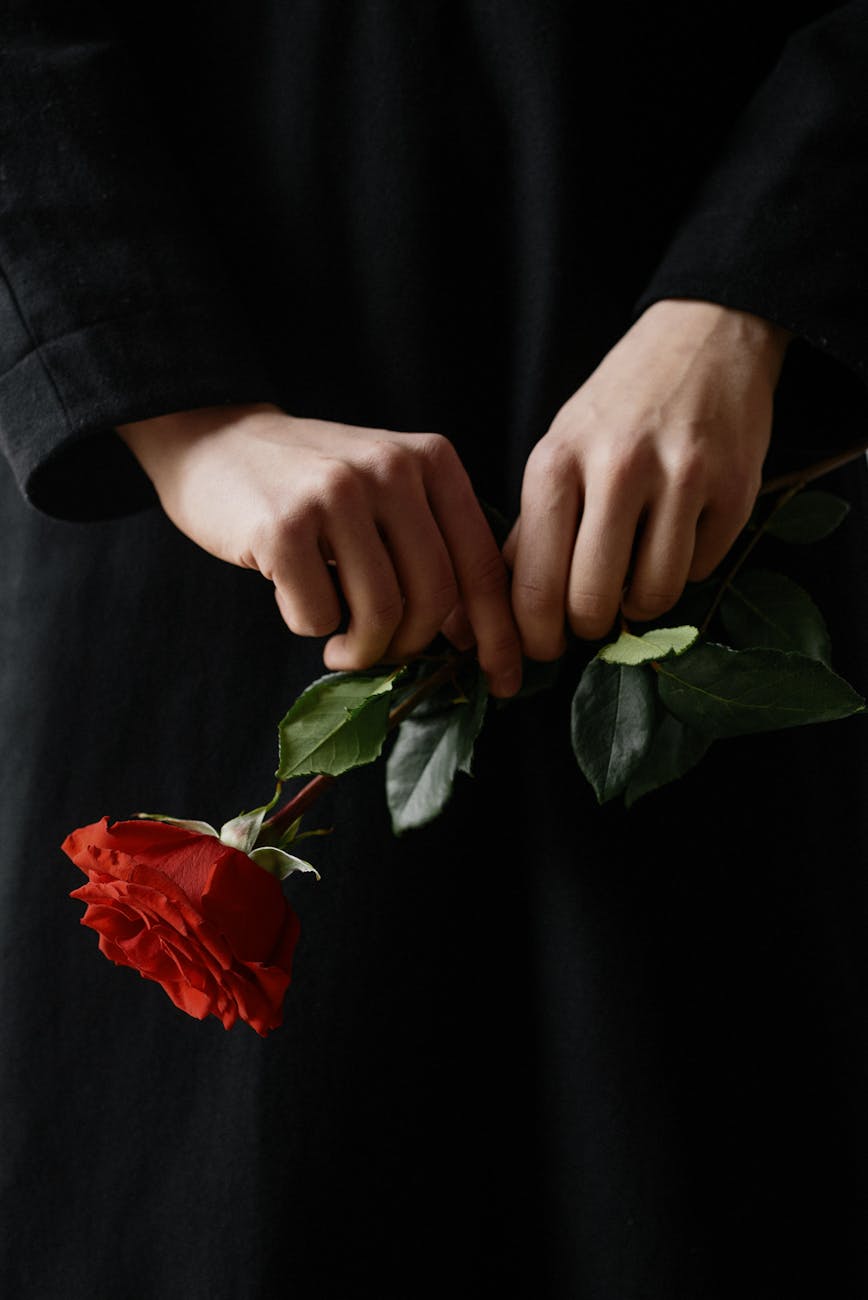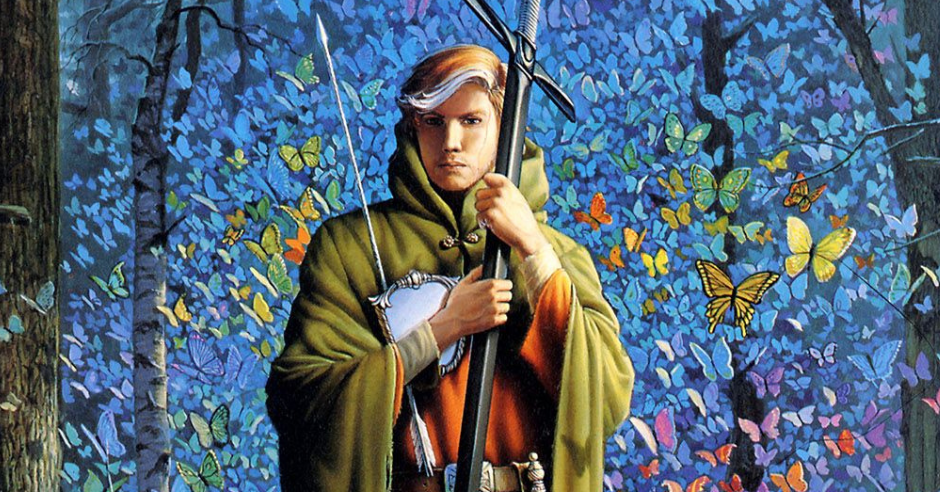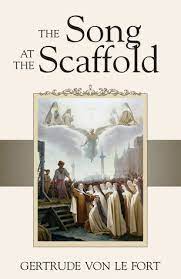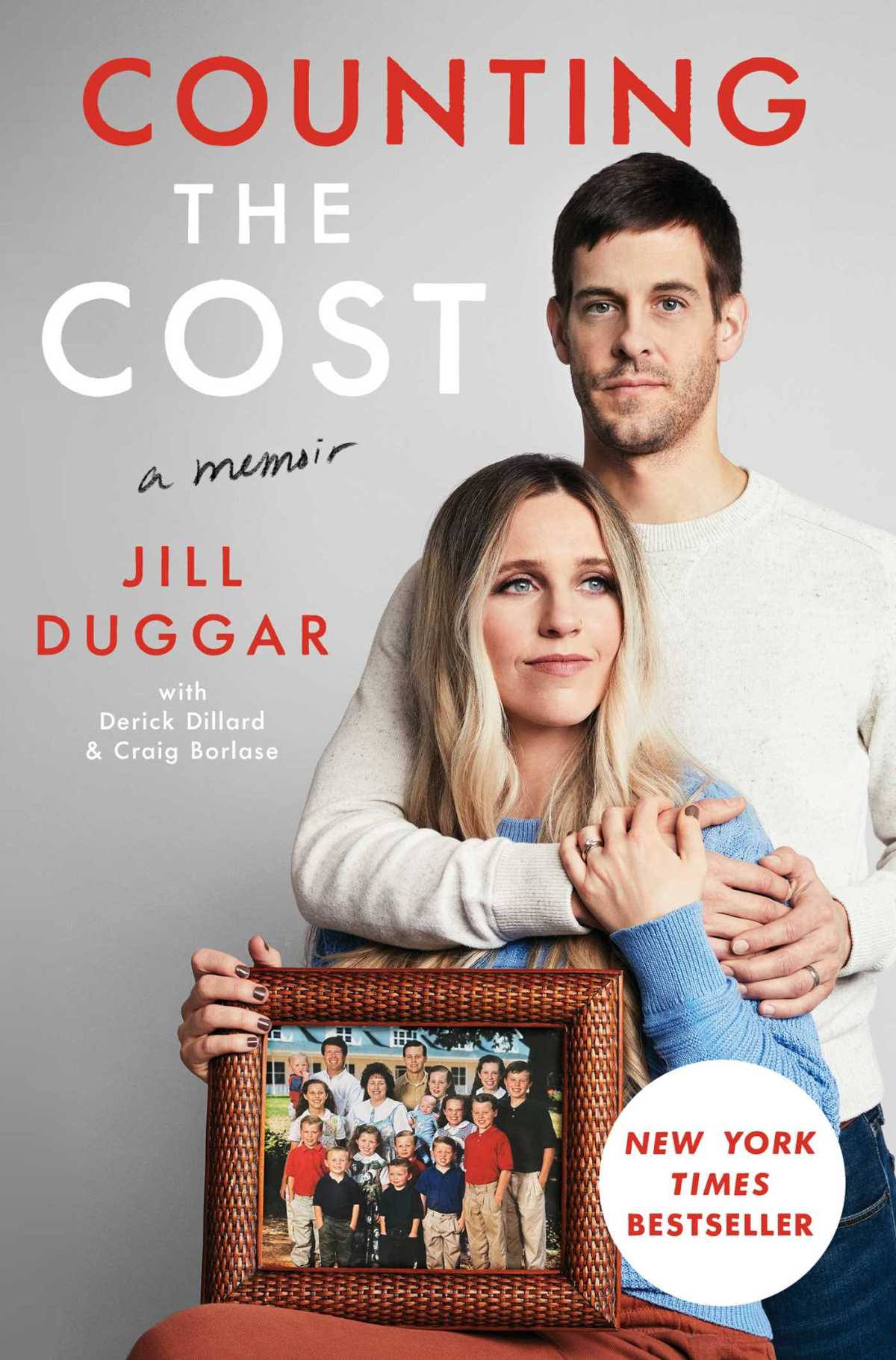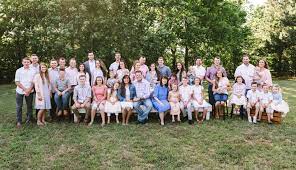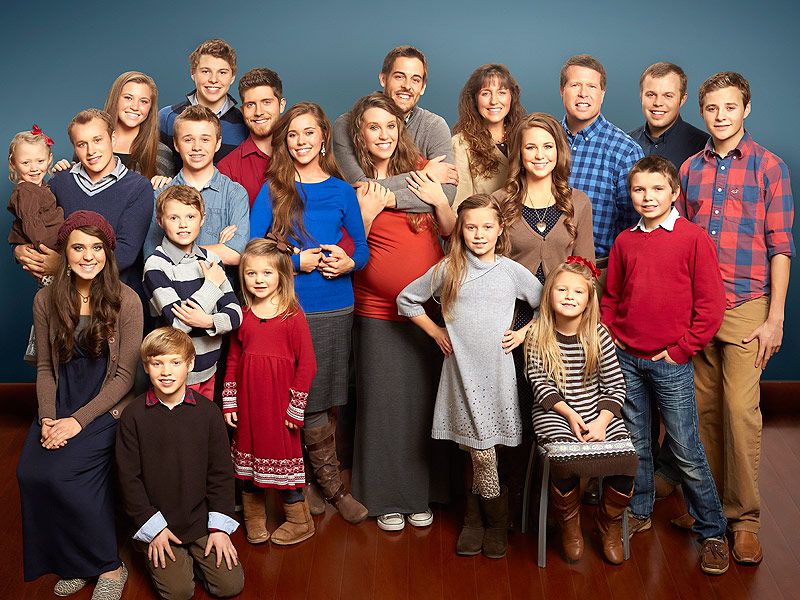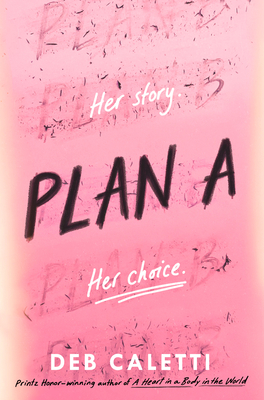
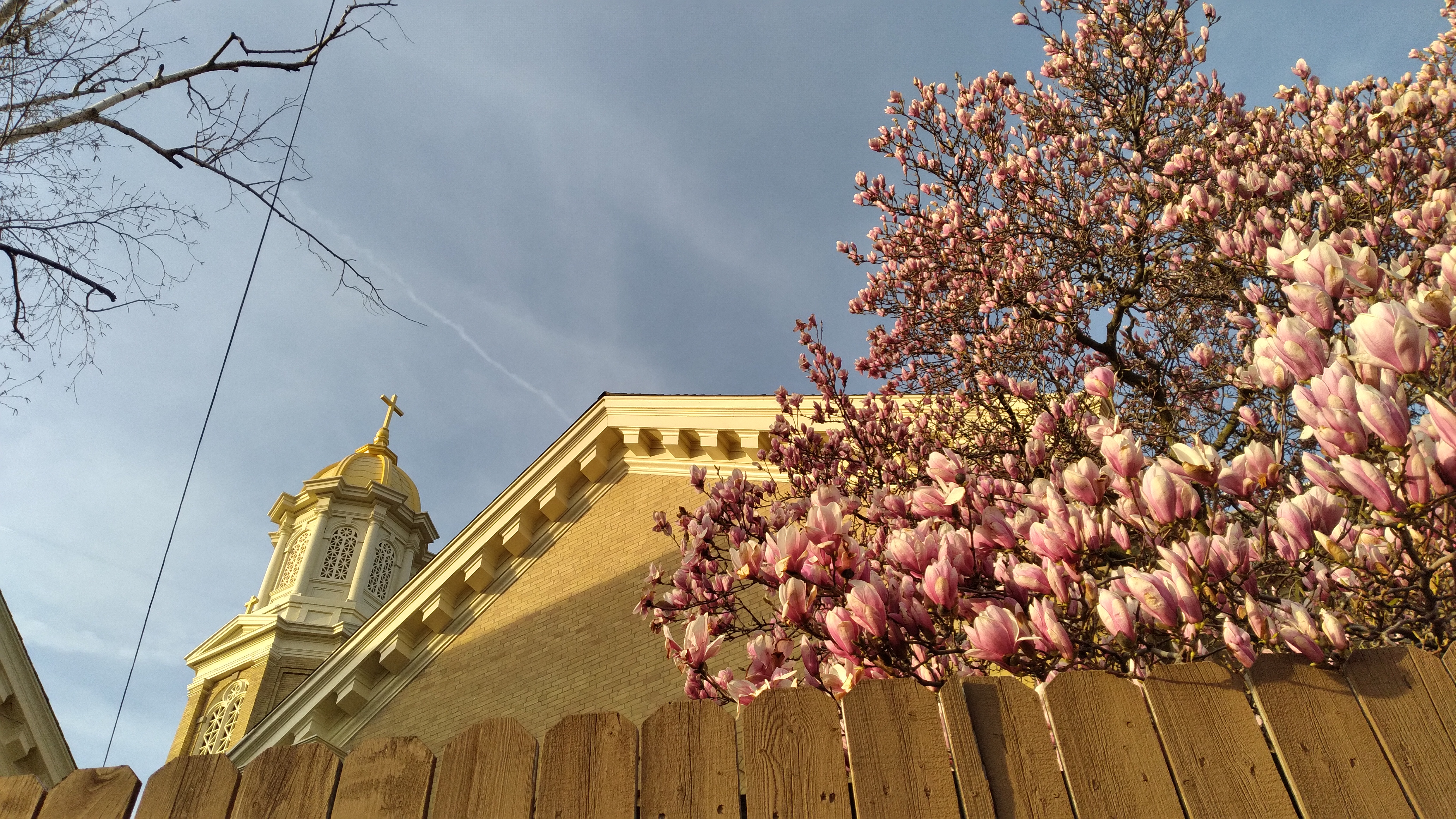
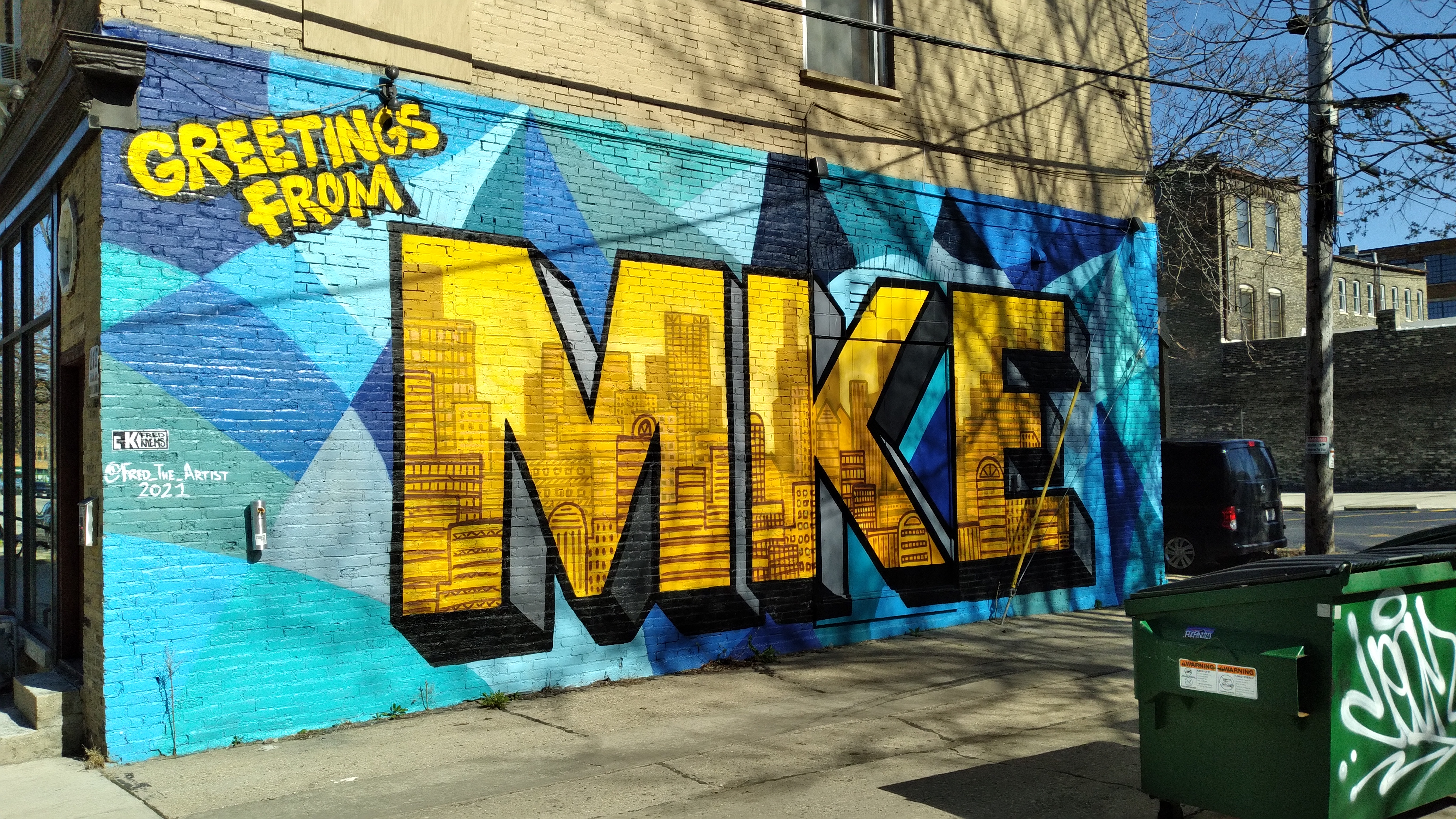






Milwaukee has been a “good land” for hundreds of years before any white settlers came to the area. Dr. Margaret Noodin, director of the Electa Quinney Institute for American Indian Education at UW-Milwaukee, and a speaker of Anishinaabemowin believes the word is of Anishinaabe origin: “Mino-akking,” which translates to “Good Land.”
No matter how you want to translate it, Milwaukee remains a place where the land and the people are good.
If you know anything about me, you know I am passionate about Milwaukee. Every year when April 14 rolls around, I pull out all the stops and wholeheartedly celebrate Milwaukee Day. Last year I tried my first old-fashioned (don’t come at me Wisconsinites! I’m just not a big fan of alcohol) and went to the Harley Davidson museum.
While I understand that Milwaukee isn’t the first major city you think of when you consider the Midwest (or major metropolitan cities in the United States), but I think that it only adds to the overall charm that this city has to offer.
City on Water
When in Milwaukee, you are never far away from water.
The city is located at the confluence of three rivers – the Milwaukee, Menomonee, and Kinnickinnic – which provided natural boundaries for the original three founders of Milwaukee. To the east of the city is Lake Michigan, which means that on an average day in the city, you can hear the gulls cawing overhead and a cool breeze will be blowing from the lake.
Even though there are stunning buildings throughout the city, it’s the natural setting that really makes it stand apart. This is no less apparent than in the over 150 state and county parks and about 1,400 acres of beaches throughout Milwaukee. Even in the heart of downtown, you are never far from nature. It is no secret that Milwaukee is built on a swamp, but somehow it never feels that way whether you are along the lake or in one of the suburbs.
Take a Stroll
Of course, Milwaukee has to offer its share of bars, museums, parks, sports complexes, and the arts, but my personal favorite part of the city is the RiverWalk.
The city’s RiverWalk spans over 3 miles along the Milwaukee River. While each RiverWalk segment has a distinct personality, they are unified by art – in the form of permanent and changing exhibitions. This outdoor gallery adds to the natural beauty and ambiance to be experienced along the way.
You can get everything along the RiverWalk. If you want to eat, shop, kayak, watch a performance, or just relax, you can along the river.
Imperfect Perfection
Milwaukee is an underappreciated city with a proud history. If you catch me on a good day I will generally praise Milwaukee but on Milwaukee day, 4/14, you may find that I am just a little more biased.
If you want to hear more of my Milwaukee laudations, you can check out some of my earlier posts:
I know this is terse, but hey, Milwaukee Day isn’t going to celebrate itself. 😂

